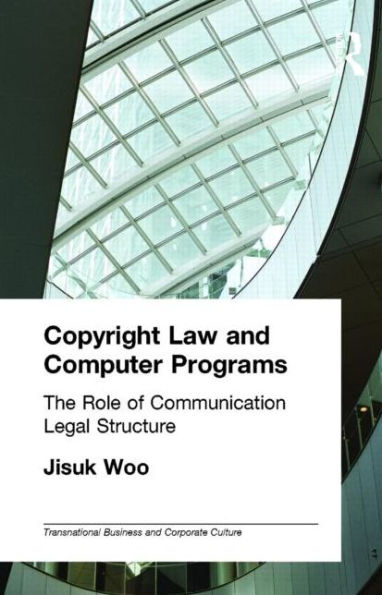5
1
9780815334712


Copyright Law and Computer Programs: The Role of Communication in Legal Structure / Edition 1 available in Hardcover, eBook

Copyright Law and Computer Programs: The Role of Communication in Legal Structure / Edition 1
- ISBN-10:
- 0815334710
- ISBN-13:
- 9780815334712
- Pub. Date:
- 06/26/2000
- Publisher:
- Taylor & Francis
- ISBN-10:
- 0815334710
- ISBN-13:
- 9780815334712
- Pub. Date:
- 06/26/2000
- Publisher:
- Taylor & Francis

Copyright Law and Computer Programs: The Role of Communication in Legal Structure / Edition 1
$200.0
$200.00
Temporarily Out of Stock Online
Temporarily Out of Stock Online
200.0
Out Of Stock

Product Details
| ISBN-13: | 9780815334712 |
|---|---|
| Publisher: | Taylor & Francis |
| Publication date: | 06/26/2000 |
| Series: | Transnational Business and Corporate Culture |
| Pages: | 260 |
| Product dimensions: | 5.44(w) x 8.50(h) x (d) |
From the B&N Reads Blog
